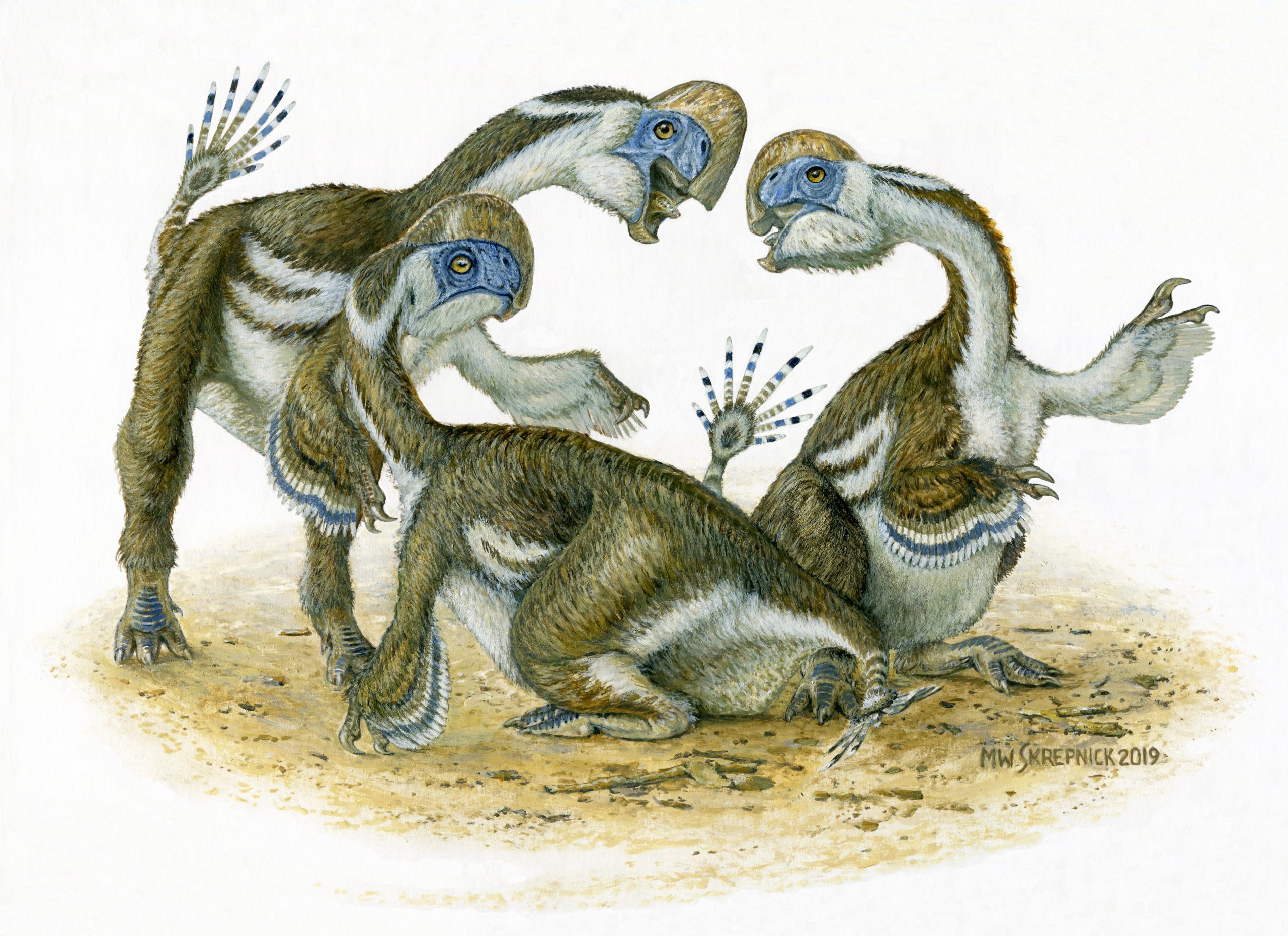SCIENTISTS have discovered a new species of toothless, two-fingered dinosaurs which thrived more than 68 million years ago.
The unusual species had one less finger on each forearm than its close relatives, suggesting an adaptability which enabled the animals to spread during the Late Cretaceous Period, researchers say.
Multiple complete skeletons of the new species were unearthed in the Gobi Desert in Mongolia by a University of Edinburgh-led team.
Named Oksoko avarsan, the feathered, omnivorous creatures grew to around two metres long and had only two functional digits on each forearm.
The animals had a large, toothless beak similar to the type seen in species of parrot today.
The remarkably well-preserved fossils provided the first evidence of digit loss in the three-fingered family of dinosaurs known as oviraptors.
The discovery that they could evolve forelimb adaptations suggests the group could alter their diets and lifestyles, and enabled them to diversify and multiply, the team says.
Researchers studied the reduction in size, and eventual loss, of a third finger across the oviraptors’ evolutionary history.
The group’s arms and hands changed drastically in tandem with migrations to new geographic areas – specifically to what is now North America and the Gobi Desert.
The team also discovered that Oksoko avarsan – like many other prehistoric species – were social as juveniles. The fossil remains of four young dinosaurs were preserved resting together.

The study, published in the journal Royal Society Open Science, was funded by The Royal Society and the Natural Sciences and Engineering Council of Canada.
It also involved researchers from the University of Alberta and Philip J. Currie Dinosaur Museum in Canada, Hokkaido University in Japan, and the Mongolian Academy of Sciences.
Dr Gregory Funston, of the University of Edinburgh’s School of GeoSciences, who led the study, said: “Oksoko avarsan is interesting because the skeletons are very complete and the way they were preserved resting together shows that juveniles roamed together in groups.
“But more importantly, its two-fingered hand prompted us to look at the way the hand and forelimb changed throughout the evolution of oviraptors—which hadn’t been studied before.
“This revealed some unexpected trends that are a key piece in the puzzle of why oviraptors were so diverse before the extinction that killed the dinosaurs.”

